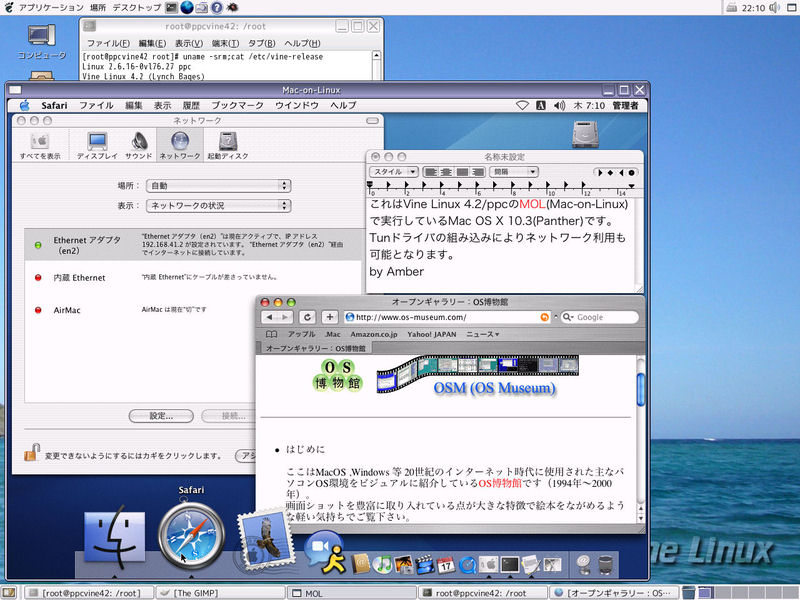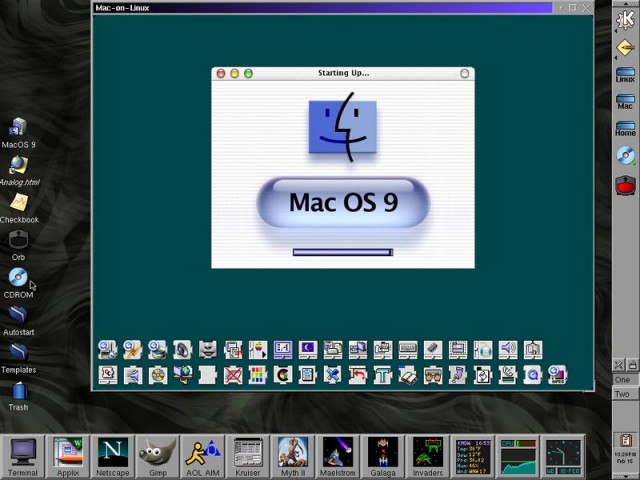


- MAC ON LINUX HOW TO
- MAC ON LINUX INSTALL
- MAC ON LINUX SOFTWARE
- MAC ON LINUX PASSWORD
- MAC ON LINUX LICENSE
While this first user account is automatically added to the wheel or sudo group on your Linux distribution to allow it to run administrative commands as the root user, you should set the root user password following installation using the sudo passwd root command.

The 127 GB virtual disk will show up as /dev/vda instead of /dev/sda because we’re using the very fast VirtIO interface instead of emulating a SCSI, SATA or NVMe interface.ĭuring the Linux installation, you’ll be prompted to create a regular user account (e.g., Jason).
MAC ON LINUX INSTALL
MAC ON LINUX HOW TO
How to Create a Linux Server VM Using UTM In short, UTM allows you to run ARM-based Linux VMs very fast on the M1 platform for free. However, if you run an ARM version of Linux in UTM, QEMU will run it directly on the M1 at near native speed.īetter yet, the VirtIO storage bus used by QEMU and the Linux kernel can access the underlying storage in the Mac at near native speed. If you run an Intel version of Linux in UTM, QEMU will translate the Intel instructions to run on the M1, and there will be a noticeable performance cost. UTM leverages the native hypervisor framework in macOS alongside the open source quick emulator (QEMU) framework that is used for virtualizing operating systems on Linux.
MAC ON LINUX LICENSE
Instead of buying an expensive Parallels or VMWare Fusion license to run a VM of Linux (slowly) on the M1, you can use the free Universal Turing Machine (UTM) app. Luckily, the most common VM that an IT systems administrator or developer will install is Linux, and ARM versions of Linux have been common for well over a decade now. And while it’s possible to run virtual machines of both Windows and Linux operating systems made for the Intel platform on the M1, the performance cost of translating Intel instructions to ARM is high (even with the optimizations Apple has within their M1 CPU). One of the biggest worries that IT pros have regarding Apple’s new ARM-based M1 platform is the ability to run virtual machines (VMs) of other operating systems using hypervisor software.
MAC ON LINUX SOFTWARE
Whether you're learning the Linux operating system, using Linux to manage your server fleet in the cloud, performing a cybersecurity penetration test using Linux tools or testing the web apps you’ve created on a Linux server, you can do it at near-native speed without costly software on an M1-based Mac system.


 0 kommentar(er)
0 kommentar(er)
